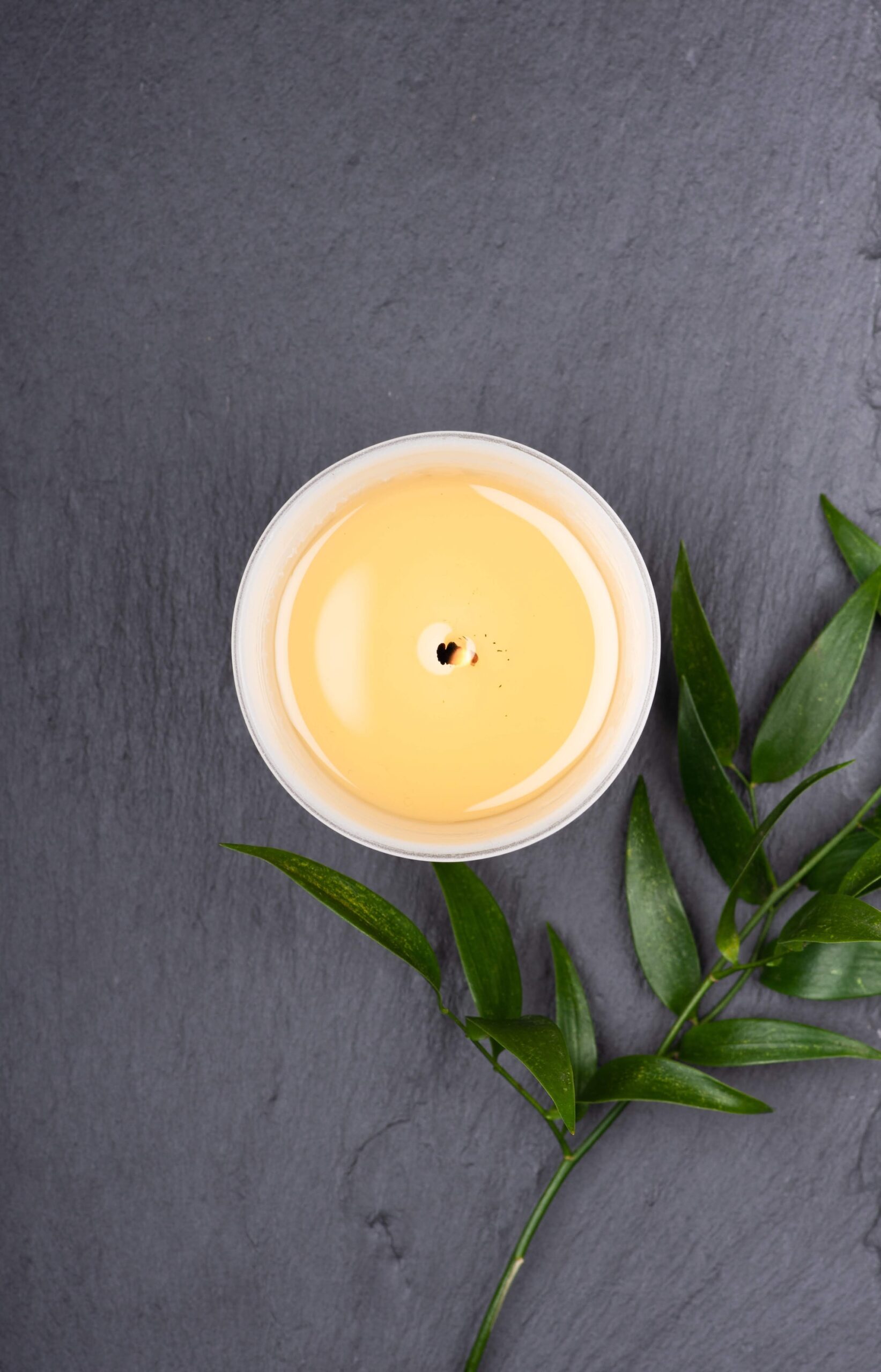Section 1: Understanding Ecofriendly Candle Choices
When it comes to living a sustainable life, every choice matters. This also applies to the candles we choose to light up our space. Many are oblivious to the fact that candles, too, can significantly impact the environment. Making the right candle selections to ensure sustainability is vital.
Many candles are made with paraffin wax, a petroleum derivative. Opting for candles containing renewable ingredients, like soy wax and cotton wicks, makes a significant difference. Besides being a renewable resource, soy wax is clean-burning, non-toxic, and produces less soot than paraffin candles, making it not just eco-friendly but also a healthier choice. Moreover, choosing candles with cotton wicks instead of lead-based ones can prevent toxic fumes.
Section 2: A Closer Look Into Dripless Taper Candles
Shifting to dripless taper candles is another eco-conscious candle choice. The name describes itself – these candles are designed not to drip as they burn, resulting in less candle waste. They are made differently from standard candles, engineered to burn cleanly and safely. Such a design helps avoid the mess and potential safety hazards associated with dripping wax.
These seemingly small changes promote both sustainability and function, contributing to a more efficient and eco-friendly candle burning experience.
Section 3: How to Use Candles Safely
Ensuring candle safety and getting the most out of the burning experience requires understanding proper handling techniques. Candles need good care, and following guidelines such as those provided by Wildwood Candle Co can help a lot.
Trimming the wick to a quarter of an inch before lighting is essential for a clean and safe burn. The candle should be lit from the middle and not the side to avoid causing a hole in the wax, which can lead to tunnelling. You should also avoid burning candles for longer than four hours.
Section 4: Maintaining Your Candle
Handling your candle with care can dramatically extend its burning time. Circumventing issues like mushrooming or tunnelling of the wick can be managed by appropriate measures, as suggested on Room for Tuesday.
Mushrooming, as the name suggests, happens when a rounded ‘mushroom’ shape forms at the top of your candle wick. It causes soot, hinders clean burning and can be prevented by regular wick trimming. On the other hand, tunnelling is when your candle burns straight down the middle, leaving wax around the edges. These small tips can help prolong the life of a candle and reduce waste.
Section 5: Responsible Disposal and Recycling of Candle Materials
As you light your last candle wick, the journey towards sustainability is not over yet. It’s important to think about what you can reuse or recycle from spent candle materials. Candle jars can be repurposed for various household storage needs or craft projects. Websites like Wildwood Candle Co and Room for Tuesday provide great ideas on how spent candles can avoid the landfill.
Thus, practicing conscious candle consumption can help us ensure our relaxation time doesn’t inhibit nature’s relaxation time. After all, every small step towards sustainability counts.




